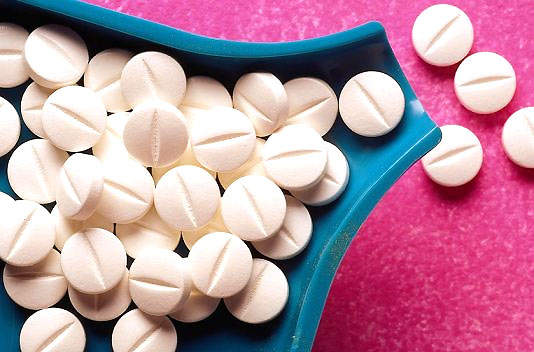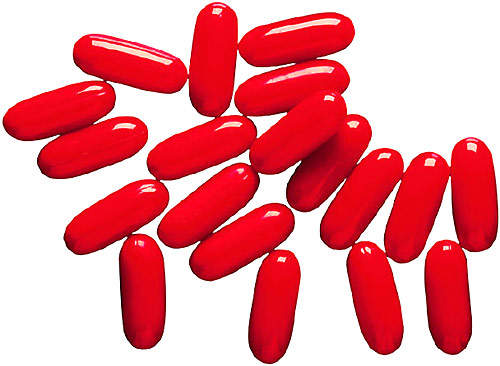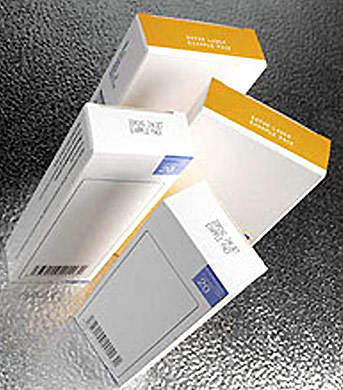AstraZeneca’s pharmaceutical production facility in Sixth of October City (Madinat Sittah Uktubar), near Cairo, produces a broad range of the company’s product portfolio including cardiovascular, psychiatric and cancer treatments. The plant was officially opened by Eyptian Health Minister Dr Hatem El-Gabaly on 11 December 2006.
AstraZeneca applied to the General Authority for Investment (GAFI) in Egypt for a license to build the plant in May 2004 and production began just a few months later in November. It was the firm’s first manufacturing investment in the Middle East, kicking off the company’s regional expansion strategy.
The new facility has 7,000m² of floor space and focuses on the three product lines. It cost $32m to construct and outfit.
The initial products from the plant will be for sale in the Egyptian domestic market but further increases in production will supply nearby regions such as the European and Middle Eastern markets.
AstraZeneca hopes to gain a foothold in a potential expanding market which is worth an estimated $1.6bn annually. Up to 65% of the Egyptian market is supplied by multinational companies. Of this, 30% is through local manufacturing and 35% is through licensing agreements, according to AstraZeneca.
Employment at the AstraZeneca Eygpt Marketing Company more than doubled between 2005 and 2007 to a total 250 employees. It has now set up a regional office in Cairo responsible for the Middle East and North Africa.
AstraZeneca and Egyptian pharmaceutical market
Previously, AstraZeneca production in Egypt was carried out by a contract manufacturer under license and was only responsible for $12m of the company’s $18.8bn worldwide annual turnover.
The construction of the plant was helped by Eygpt’s adoption of the WTO ‘TRIPS’ agreement from 1 January 2005, which protects intellectual property rights.
Egypt is the largest producer and consumer of pharmaceuticals in the Middle East and North Africa (MENA) region with a 30% share of the supply in these markets. The region also absorbs most of Egypt’s pharmaceuticals exports. Egypt surely has a vested interest in attracting big pharmaceutical companies so that it can become a production hub for the future of the Middle Eastern and African markets.
AstraZeneca has identified Egypt as one of the key emerging markets for further development, together with such countries as China and Mexico.
Contractor and facility
The general construction contract was awarded to Orascom Construction Industries (OCI) of Egypt, who carried out construction of the main production building, support facilities, administration building, laboratories, packing, dispatching and warehouse facilities.
The internal design and outfitting contract was awarded to Uhde and Chemgineering. These two companies, based in Germany and Switzerland respectively, are responsible for the detailed design and planning of the production facility including definition of the process equipment (tablet and capsule production and packaging), cleanroom facilities, GMP concepts, master planning and technology transfer.
The Chemgineering / Uhde consortium also coordinated with a local pharmaceutical engineering / design contractor, Sabbour Associates, who was responsible for elements of plant design and construction and project management. Sabbour Associates have been the main contractor on two other pharmaceutical facilities for both Sedico and October Pharma in Sixth of October City and have plenty of experience of the region.
The facility initally has a capacity of 250 million tablets per year, but the production lines and the attendant compounding, pressing, drying, packaging, warehousing and other production infrastructure will be arranged so that a future expansion (which is already on the drawing board) can allow the production of in excess of 400 million tablets per year.
Tableting process
The facility uses the latest state-of-the-art processes to produce solid dosage forms (tablets, hard and soft gelatine capsules and a variety of delayed release forms). The tablets will be produced where possible by wet / dry granulation methods, but also by direct compression if necessary.
The processes will allow for the production of extended and delayed release dosage forms of various designs and also micro particle coated capsules for incorporation in hard gelatine capsules.
The high-speed tablet presses are capable of producing up to 12,000 tablets per minute, but the average tablet press speed is 3,000 tablets per minute. Press speed requires powders / granules to have good fluid properties (product flowability) – if they do not the formulation needs to be modified by using additives (excipients) or the press speed may need to be slower.






